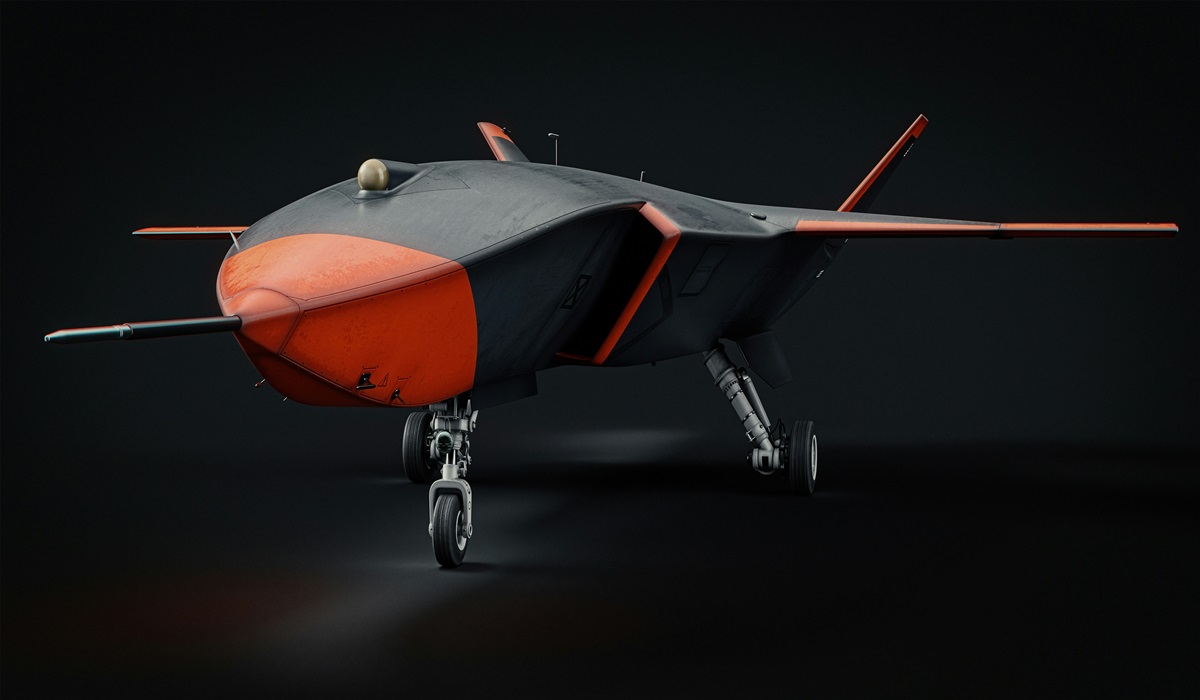Image credit, Sergey Koznov
Former UN weapons inspector and Special Forces operative, Scott Ritter, has sounded the alarm on the changing landscape of warfare, emphasizing the growing prominence of drones in conflicts around the world. Ritter, known for his insights into military tactics and strategy, has drawn attention to recent conflicts such as the war in Ukraine and tensions between Israel and Iran, where drones have played a decisive role.
In Ukraine, Ritter notes, Russia has effectively utilized drones to turn the tide of battle. These unmanned aerial vehicles, often costing just thousands of dollars, have been employed to drop bombs and gather intelligence, inflicting significant damage on Ukrainian forces. In contrast, Ukraine has been forced to expend costly missiles, valued at anywhere from tens of thousand to millions each, to counter the threat posed by relatively inexpensive drones.
Similarly, in the ongoing tensions between Israel and Iran, drones have emerged as a key weapon. Israeli media reports indicate that the Israeli Defense Force has expended approximately $1.4 billion on missile defense systems like Iron Dome, David’s Sling, and Arrow, in addition to engaging in costly interceptions of Iranian drones and missiles. Despite these efforts, Iran’s drone capabilities remain formidable, with the country reportedly only deploying a small array of its arsenal in what they are calling a light slap to Israel.
Ritter warns that the era of traditional warfare, characterized by extensive missile arsenals and large naval fleets, may be waning in the face of drone technology. Leading the charge in drone production are countries like Iran and Turkey, giving them a significant advantage in modern warfare scenarios.
Iran’s strategic use of drones further underscores their evolving military doctrine. By conducting exercises and deploying drones as a means of probing enemy defenses, Iran not only gains valuable intelligence but also hones its tactics for future conflicts. With one of the largest military budgets in the Middle East, Iran poses a formidable challenge to adversaries like Israel, whose resources are stretched thin by the high cost of countering drone threats.
As Ritter observes, the allure of drones lies in their affordability and effectiveness. In an age where a few thousand dollars can inflict damage on a scale previously achievable only with multimillion-dollar weapons systems, the balance of power in warfare is shifting. As nations grapple with this new reality, the ability to adapt and innovate in the realm of drone technology may prove decisive in determining the outcome of future conflicts.









